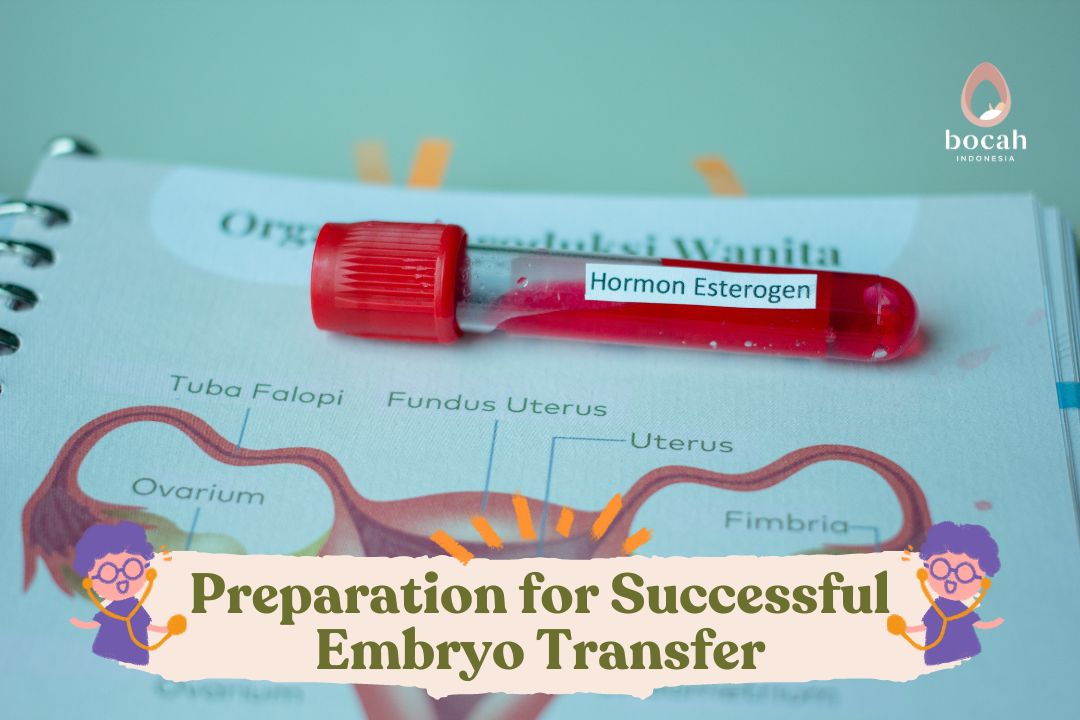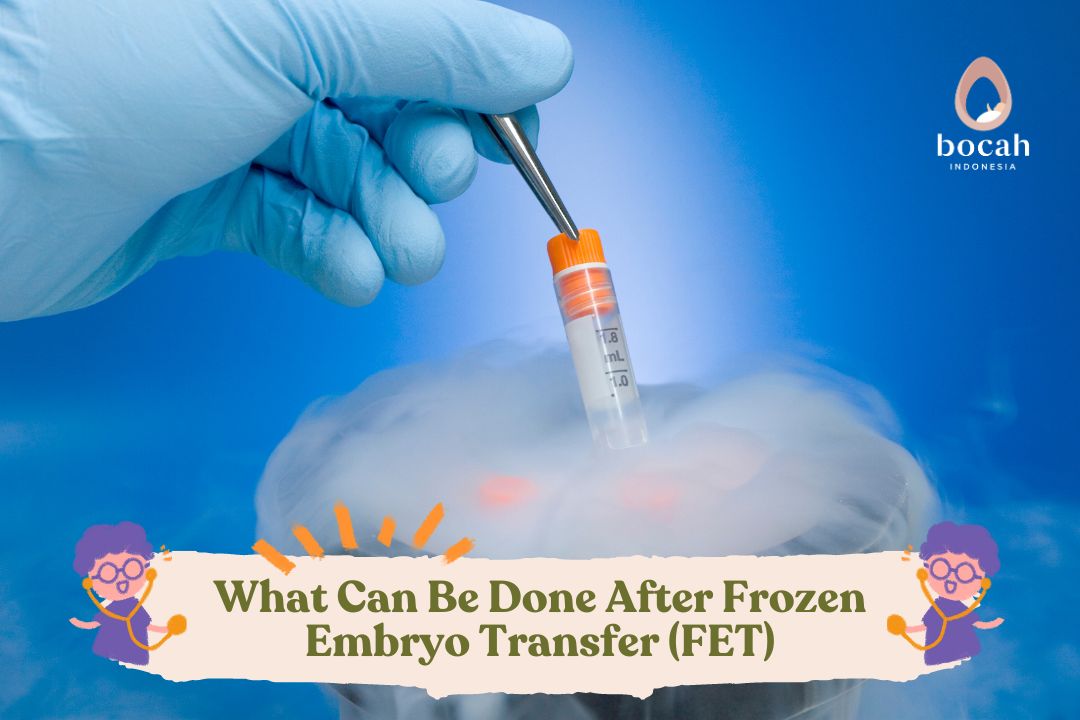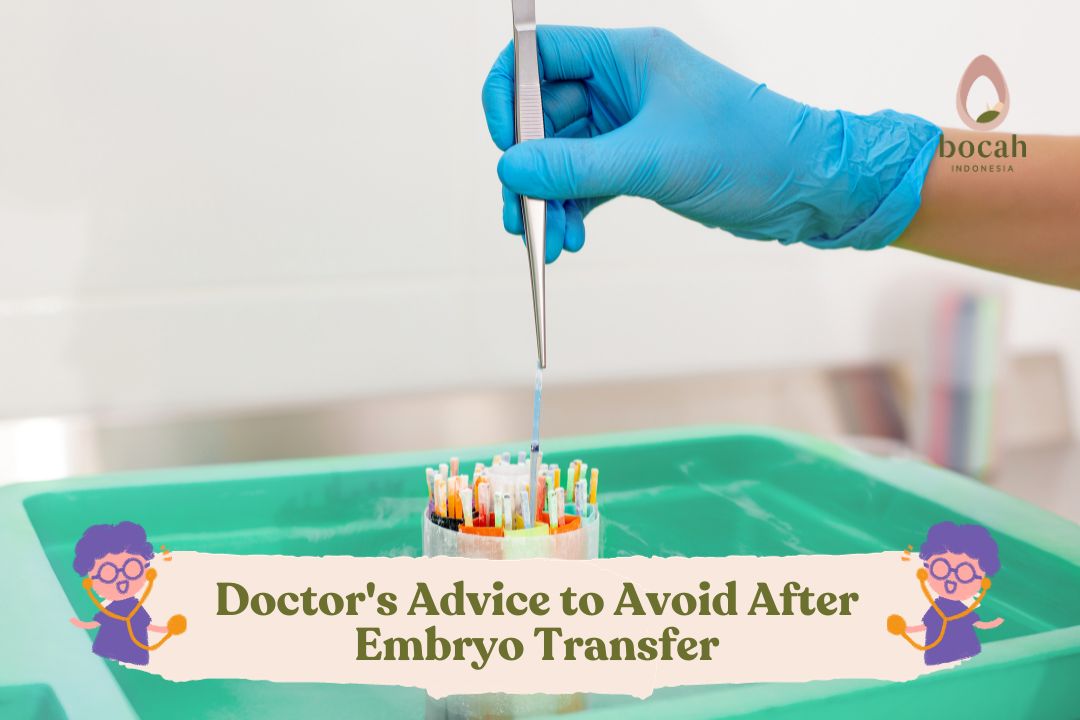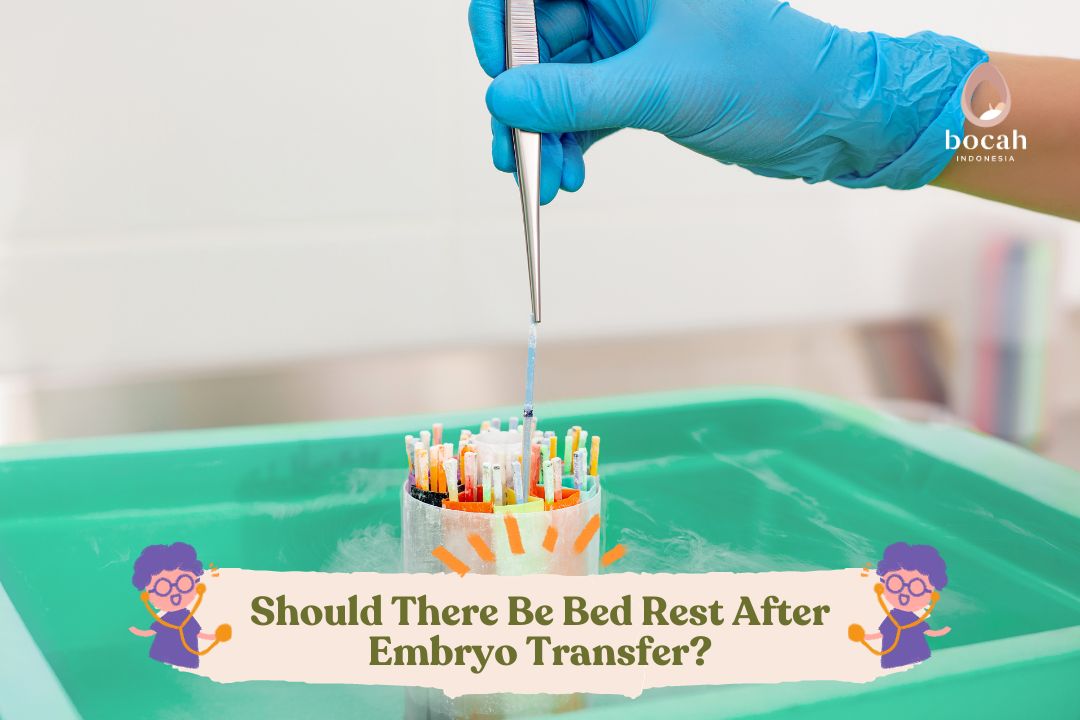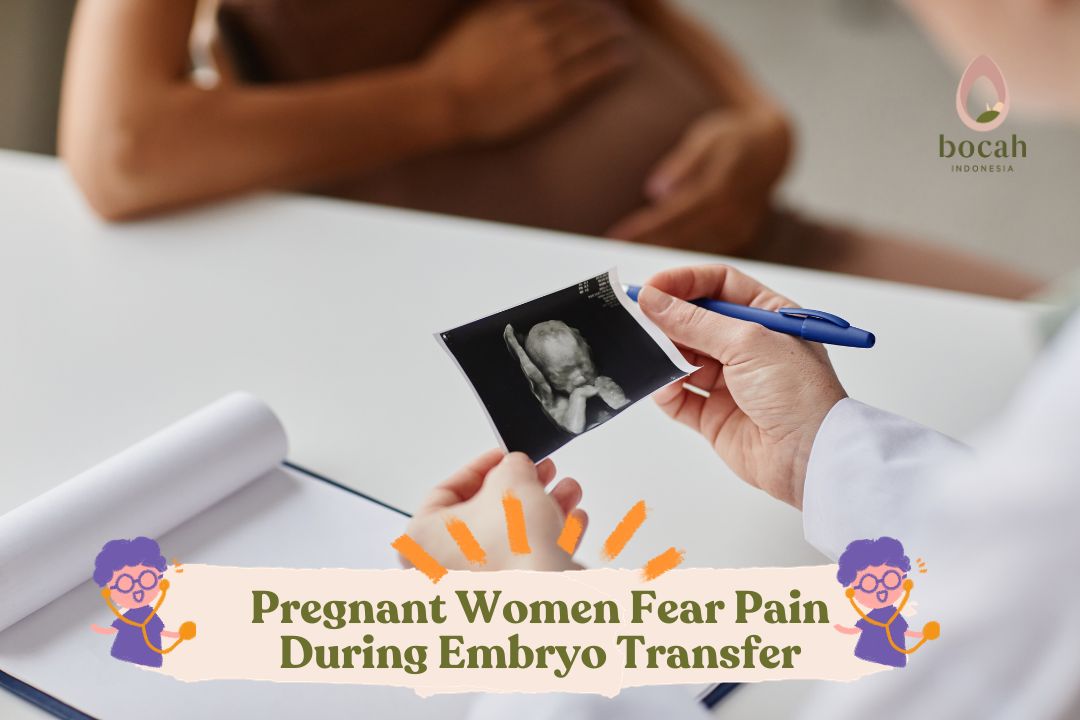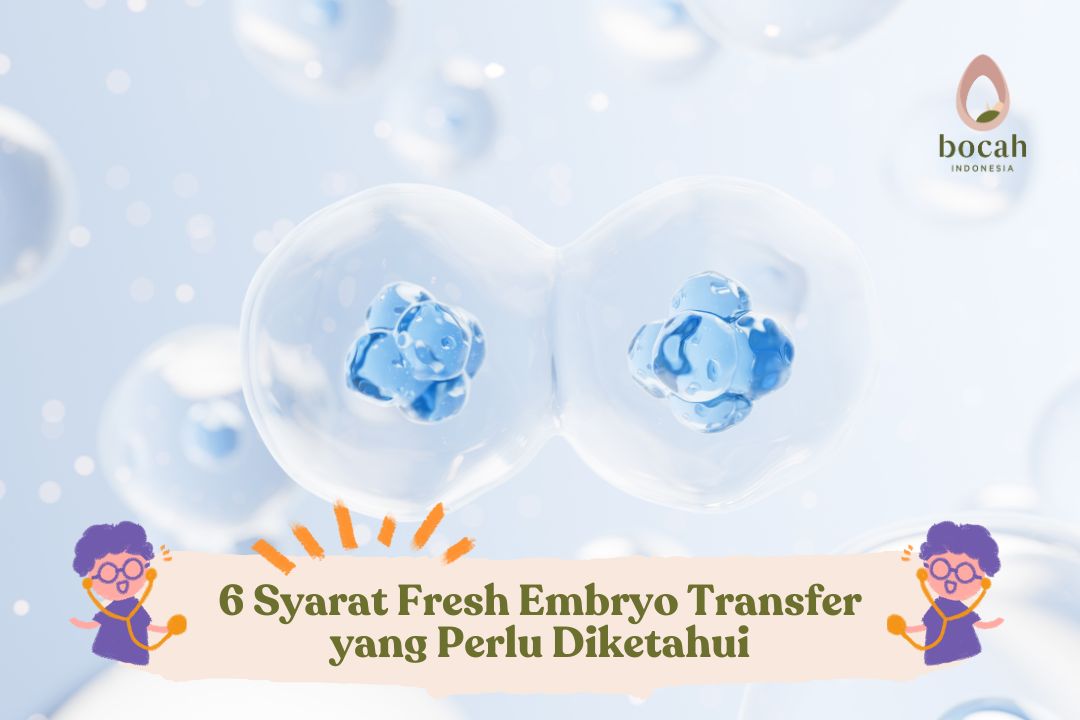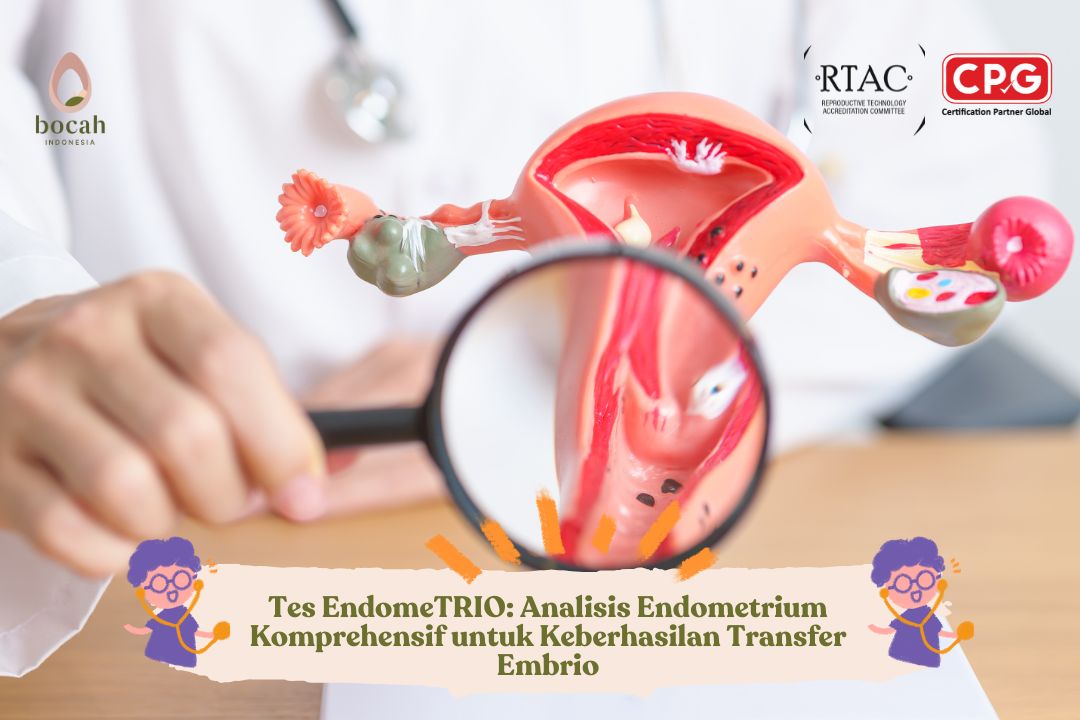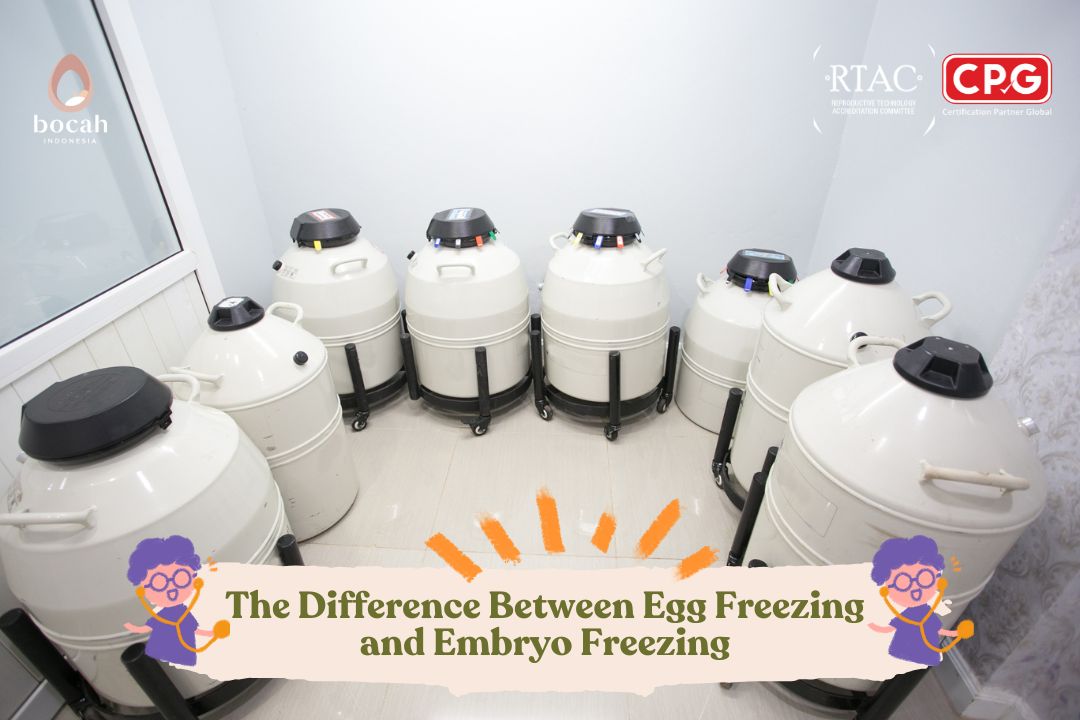Benefits and Risks of Embryo Transfer
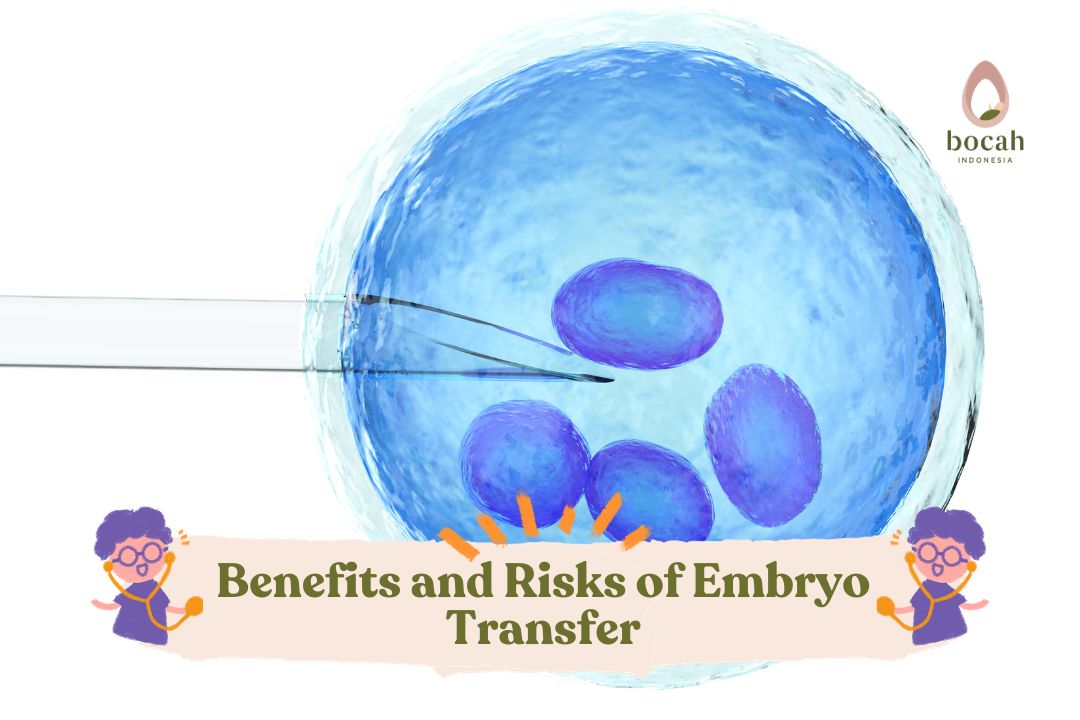
Embryo transfer is the final stage of the IVF process. Find out the benefits and risks of embryo transfer here. Embryo transfer is the procedure of placing embryos created in the laboratory into the mother’s uterus. To achieve pregnancy, the transferred embryos must successfully implant in the uterine wall. The success of embryo transfer is not only determined by the quality of the embryos themselves but also by the condition and readiness of the uterine lining. This article discusses the benefits and risks of embryo transfer.
Benefits of Embryo Transfer
Parents, here are some benefits of embryo transfer you need to know:
-
Pregnancy Opportunities
One of the primary advantages of embryo transfer is the opportunity to achieve pregnancy for couples experiencing difficulty conceiving naturally.
In some situations, parents may have tried various fertility treatments or pregnancy programs before reaching the IVF stage, such as fertility drugs, intrauterine insemination, and so on.
However, certain specific infertility diagnoses may lead doctors to recommend IVF for a successful fertility treatment. Some of these include infertility diagnoses such as blocked fallopian tubes, severe male infertility factors, diminished ovarian reserve, or advanced maternal age (usually over 38 years old).
Tanya Mincah tentang Promil?
-
Reducing Genetic Disease Risks
In some cases, embryo transfer allows the selection of embryos with the best genetic quality, reducing the risk of genetically inherited diseases. Through genetic testing, parents can ensure that the embryos used in IVF are free from genetic diseases that could threaten health, such as cystic fibrosis, Down syndrome, sickle cell anemia, and others.
-
Control Over Pregnancy Timing
With embryo transfer, parents have greater control over determining when pregnancy occurs. Eggs or embryos can be frozen for future use, allowing parents to choose the right time to become pregnant or when the baby is born. With embryo transfer, mothers can also plan the spacing between subsequent pregnancies, allowing parents to prepare for the arrival of the next child effectively.
-
Reducing Miscarriage Risk
Miscarriages are often caused by genetic issues that lead the body to terminate a pregnancy. Pre-implantation genetic testing before embryo transfer can help prevent this. Additionally, during the embryo transfer process, the pregnancy will be monitored by a doctor. This increases the chances of a healthy pregnancy and safe childbirth.
Risks and Potential Complications During Embryo Transfer
Risks associated with the embryo transfer procedure are typically more related to the effects of hormone stimulation. In theory, hormone stimulation can increase the risk of blood clots that could block blood vessels.
Furthermore, there is a risk of losing embryos during the transfer process or the failure of embryo implantation. If the embryo successfully implants, the risk of miscarriage is likely to be similar to the risk of miscarriage in natural pregnancies.
If pregnancy occurs after embryo transfer, one of the main risks to anticipate is the possibility of twin pregnancies, which is known to be a higher-risk pregnancy.
Twin pregnancies can potentially lead to complications such as preeclampsia/eclampsia, premature labor, low birth weight, the possibility of congenital birth defects, and the risk of stillbirth.
To ensure a smooth embryo transfer, there are several recommended steps for parents to follow:
-
Hold urine until the bladder is full. This makes the transfer process easier as a full bladder allows for the catheter to be inserted at the right angle.
-
Try to relax to keep the reproductive tract muscles relaxed. This makes the entire process easier. If necessary, muscle relaxants can be used.
-
Avoid the use of perfume, lotion, or nail polish. These chemicals should be avoided in the operating room, transfer room, and laboratory as they can be harmful to eggs and embryos.
-
There is no need to fast as embryo transfer is not a surgical procedure.
The embryo transfer process is short, lasting only a few minutes, and typically does not require anesthesia. The sensation is somewhat similar to a pap smear examination. Although there is no pain, there may be slight discomfort when the speculum is inserted into the vagina or when the catheter passes through the cervix.
That’s an explanation of the benefits and risks of embryo transfer. If you wish to plan pregnancy using this method, please consult with a doctor at Bocah Indonesia Clinic.
Source:
- Zaat T, Zagers M, Mol F, Goddijn M, van Wely M, Mastenbroek S. Fresh versus frozen embryo transfers in assisted reproduction. Cochrane Database Syst Rev. 2021 Feb 4;2(2):CD011184. doi: 10.1002/14651858.CD011184.pub3. PMID: 33539543; PMCID: PMC8095009.
- American Pregnancy Association. Embryo transfer. Diakses 2023
- American Society for Reproductive Medicine. Fresh and frozen embryo transfer. Diakses 2023
- Medical News Today. What to know about embryo transfers. Diakses 2023


